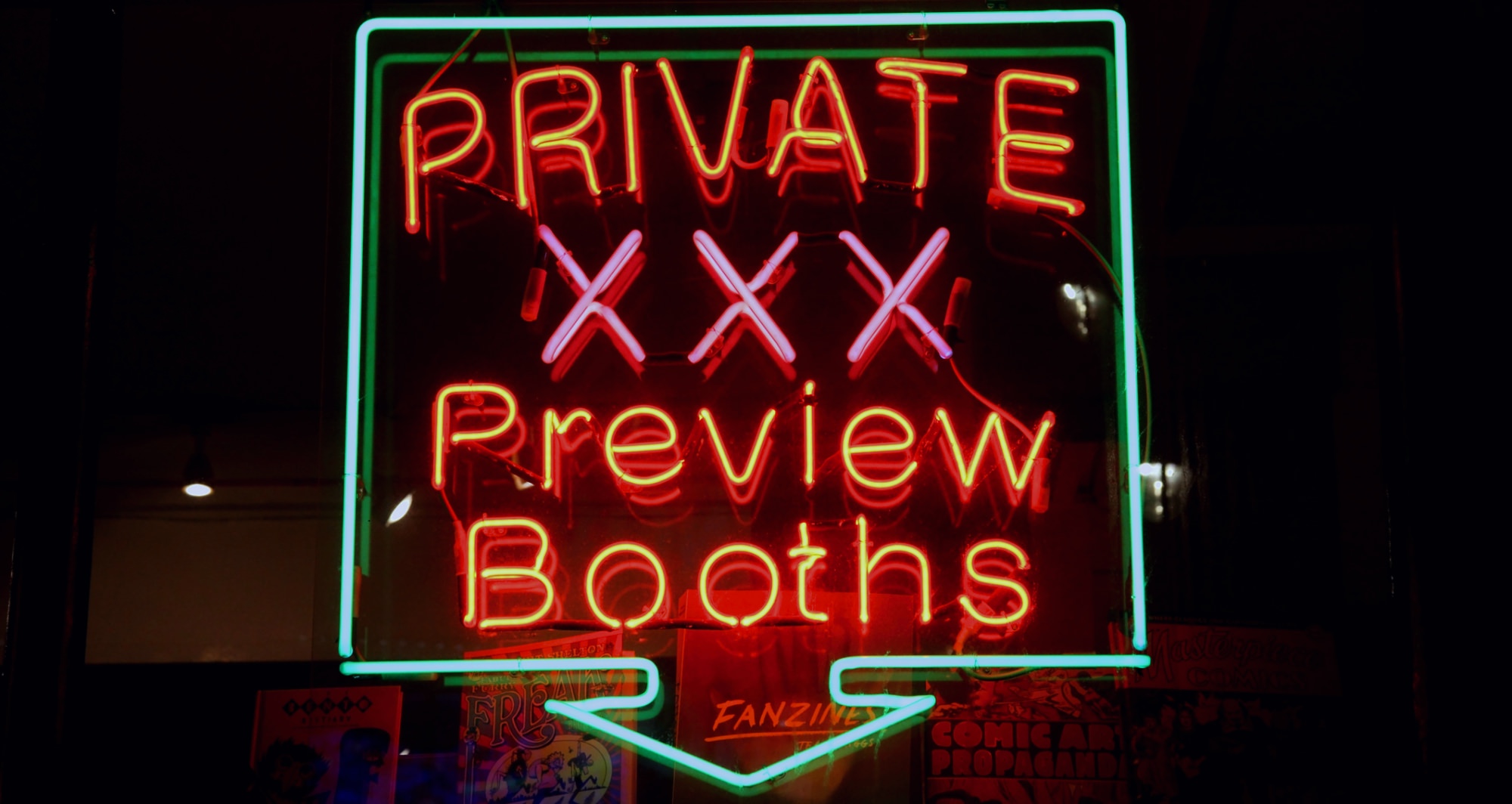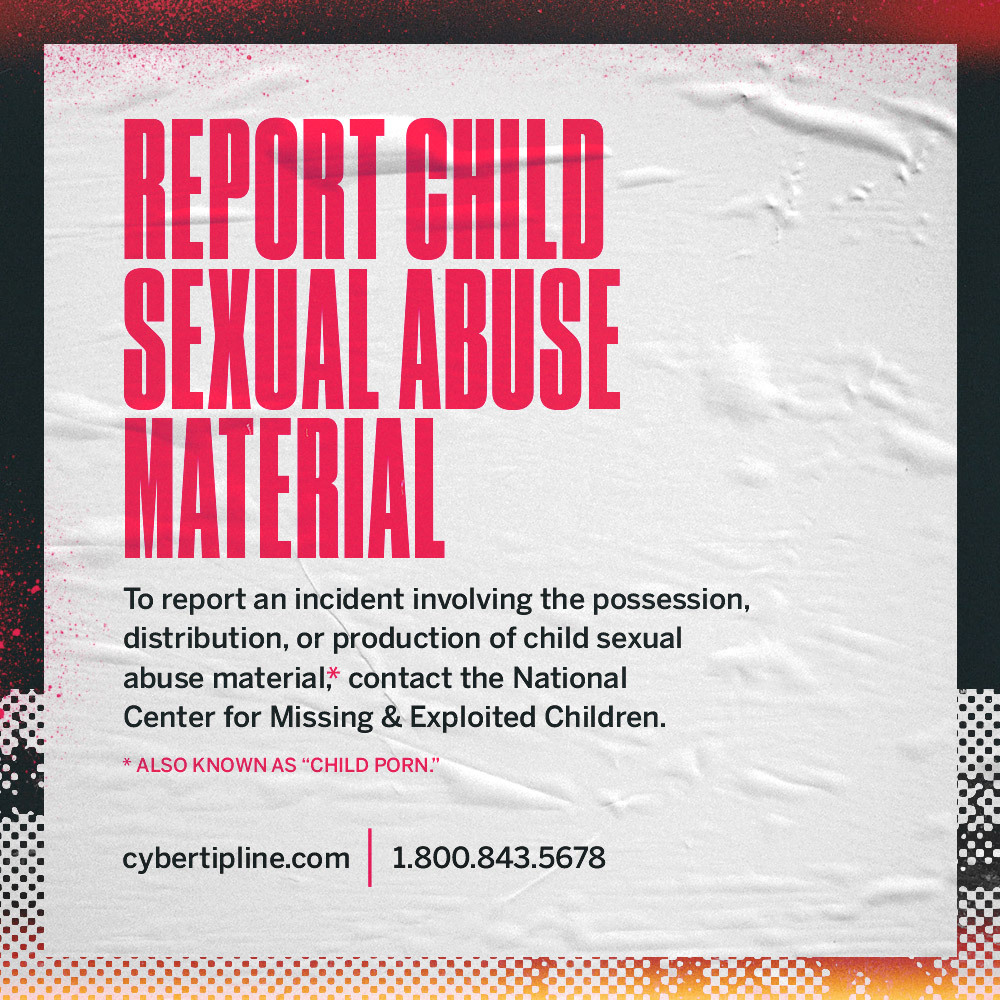This feature piece was written by Dr. Gail Dines, Wheelock College, and Dr. David L Levy, University of Massachusetts Boston, originally published on The Conversation.
Disclaimer: Fight the New Drug is a non-religious and non-legislative awareness and education organization. Some of the issues discussed in the following article are legislatively-affiliated. Including links and discussions about these legislative matters does not constitute an endorsement by Fight the New Drug. Though our organization is non-legislative, we fully support the regulation of already illegal forms of pornography and sexual exploitation, including the fight against sex trafficking.
Child pornography may make a comeback after court ruling guts regulations protecting minors
By Dr. Gail Dines and Dr. David L. Levy
A federal appeals court judge made it a lot easier for the pornography industry to abuse and exploit children for profit.
The Aug. 3. 2018 legal decision, which received far less media attention than it deserved, represented the most significant blow to opponents of child porn in decades. We believe it could lead to a sharp increase in the number of underage performers being exploited due to the removal of legal oversight and penalties for uploading or distributing images that feature minors.
We’ve been studying the business of porn for years, as scholars, advocates and experts in legal battles. In fact, we provided expert testimony in 2013 in a related court case and endured two hours of grilling from the judge and porn industry lawyers.
The industry celebrated its landmark victory. To us, it is a sign of porn’s growing power to fight legal battles and free itself from regulatory constraints as its business model rapidly changes in the internet age.
Gutting 2257
The case revolves around U.S. Code Title 18 Section 2257, which requires porn producers to keep stringent records on the ages of performers and allows federal agents to inspect them at any time.
The penalties for failing to do so are harsh, including large fines and up to five years imprisonment for a first offense. In the most famous case, the company that produced the “Girls Gone Wild” video series was fined $2.1 million for 2257 violations. Although there have been few prosecutions, the potential penalties provide an important deterrent.
Over time, the Justice Department expanded the definition of producers subject to the regulations to include “secondary producers,” which includes internet distribution, and set out detailed guidelines for how the records should be organized and indexed.
Related: 14-Year-Old Trafficking Victim Took Down California Trafficking Ring With One Text
Judge Michael Baylson of the U.S. 3rd Circuit of Appeals ruled that most of 2257’s record-keeping requirements were unconstitutional on First and Fourth Amendment grounds. The ruling allows primary producers to fulfill age verification obligations by using a form developed by the Free Speech Coalition, the industry association that brought the lawsuit against 2257. In the most far-reaching and troublesome change, the decision completely exempts major distributors (termed secondary producers), from any record-keeping requirements.
While the production and distribution of child pornography remain illegal, the law is toothless without record keeping. The requirement provides the only way to verify and track performers’ ages and serves as a major incentive for businesses across the complex supply chain to monitor content.
A 30-year war
The regulations came in response to the public outcry that ensued when Penthouse magazine featured a 15-year-old Traci Lords in its September 1984 edition.
Research and evidence demonstrate clearly that children who are exploited in the making of porn suffer from a range of devastating and long-lasting effects.
Four years later, Congress enacted the Child Protection and Obscenity Enforcement Act, which included Section 2257 and criminalized a wide range of transactions involving the use of minors in pornography, including the electronic transmission of visual images.
Related: Report: The US Is One Of The Biggest Consumers Of Sexual Exploitation In The World
The rapid growth of pornography on the internet led lawmakers to pass the Child Pornography Prevention Act in 1996, which extended the provisions to include any digital image that “is, or appears to be, of a minor engaging in sexually explicit conduct.”
The porn industry has fought these regulations ever since they were first passed in 1988 and founded the Free Speech Coalition just three years later to coordinate the industry’s lobbying and legal strategy and to share expenses related to it. Prior to this month’s decision, its biggest victory was overturning the 1996 restrictions in a 2002 Supreme Court decision that permitted images of young-looking girls, as long as the performers were actually over 18.
Related: Why Do Some People Fight Against Sex Trafficking But Unconditionally Support Porn?
The decision made the reporting requirements more vital that ever, as it was otherwise impossible to know the real age of performers who were made to appear very young. Nonetheless, the coalition filed many lawsuits over the years challenging 2257, claiming that the regulations placed an undue burden on pornographers’ free speech and violated Fourth Amendment protections against warrantless search and seizure.
While different courts have struck down various parts of 2257 and then upheld them on appeal, overall the regulations have largely remained intact—until now.
2257’s death knell?
In the 2013 case in which we served as expert witnesses, the Free Speech Coalition challenged 2257 by claiming that there was hardly any porn featuring young-looking females.
Constitutional cases often turn on whether a compelling public interest—such as protecting children from exploitation—is greater than any resulting regulatory burdens that might infringe on another group’s rights—in this case, keeping records.
Related: How One Uber Driver Rescued An Underage Sex Trafficking Victim
Our research demonstrated that, contrary to the industry’s claims, “teen porn” and related genres featuring young-looking females have grown to be the largest single segment, representing about one-third of all internet porn in terms of both search-term frequency and proportion of websites.
The same Judge Baylson cited the strength of our research in his 2013 ruling to uphold the 2257 regulations. But in his decision this August, for reasons unknown to us, he appears to have changed his mind and sided with the industry over the protection of children. Indeed, the decision only considered injuries to porn businesses, not to children.
The Department of Justice might yet appeal, but most legal observers we have consulted with think that 2257 is in serious jeopardy.
Why the industry fights
The Free Speech Coalition claims that it has invested more than $1 million since 2005 to fight 2257 and asked for donations to cover outstanding legal debts.
Why is overturning 2257 so important to the porn industry?
Related: Why Fighting Sex Trafficking Needs To Include Fighting Porn
The key reason, in our view, is that the regulations strike at the heart of the business model of the major corporate distributors of porn and particularly of MindGeek, which has become the largest multinational porn conglomerate in the world.
MindGeek and other distributors source porn content from a large number of fragmented low-cost producers, who are increasingly located around the globe. The growth of the market segment featuring young-looking females represented a potential legal threat. And distributors of porn—like other internet companies and social media platforms—want to avoid responsibility for content that could expose them to substantial legal and financial liabilities.
Although software solutions are available that could tag every picture and video with data on the performers, the complexity of distribution networks and the vast amount of product uploaded by third parties likely makes compliance with 2257 somewhat cumbersome and costly.
The porn industry has emerged as a powerful force that is trying to shape the regulatory environment to support its shifting business model. Compliance with age verification laws might cost the industry some money, but we believe this is a small price to pay to protect children from the predatory porn industry.
This article was originally published on The Conversation. Click here to read the original article.
About the Authors
Gail Dines, Professor Emerita of Sociology and Women’s Studies, CEO of Culture Reframed, Wheelock College and David L Levy, Professor of Management, Director of the Center for Sustainable Enterprise and Regional Competitiveness, University of Massachusetts Boston.
Fight the New Drug collaborates with a variety of qualified organizations and individuals with varying personal beliefs, affiliations, and political persuasions. As FTND is a non-religious and non-legislative organization, the personal beliefs, affiliations, and persuasions of any of our team members or of those we collaborate with do not reflect or impact the mission of Fight the New Drug.
Your Support Matters Now More Than Ever
Most kids today are exposed to porn by the age of 12. By the time they’re teenagers, 75% of boys and 70% of girls have already viewed itRobb, M.B., & Mann, S. (2023). Teens and pornography. San Francisco, CA: Common Sense.Copy —often before they’ve had a single healthy conversation about it.
Even more concerning: over half of boys and nearly 40% of girls believe porn is a realistic depiction of sexMartellozzo, E., Monaghan, A., Adler, J. R., Davidson, J., Leyva, R., & Horvath, M. A. H. (2016). “I wasn’t sure it was normal to watch it”: A quantitative and qualitative examination of the impact of online pornography on the values, attitudes, beliefs and behaviours of children and young people. Middlesex University, NSPCC, & Office of the Children’s Commissioner.Copy . And among teens who have seen porn, more than 79% of teens use it to learn how to have sexRobb, M.B., & Mann, S. (2023). Teens and pornography. San Francisco, CA: Common Sense.Copy . That means millions of young people are getting sex ed from violent, degrading content, which becomes their baseline understanding of intimacy. Out of the most popular porn, 33%-88% of videos contain physical aggression and nonconsensual violence-related themesFritz, N., Malic, V., Paul, B., & Zhou, Y. (2020). A descriptive analysis of the types, targets, and relative frequency of aggression in mainstream pornography. Archives of Sexual Behavior, 49(8), 3041-3053. doi:10.1007/s10508-020-01773-0Copy Bridges et al., 2010, “Aggression and Sexual Behavior in Best-Selling Pornography Videos: A Content Analysis,” Violence Against Women.Copy .
From increasing rates of loneliness, depression, and self-doubt, to distorted views of sex, reduced relationship satisfaction, and riskier sexual behavior among teens, porn is impacting individuals, relationships, and society worldwideFight the New Drug. (2024, May). Get the Facts (Series of web articles). Fight the New Drug.Copy .
This is why Fight the New Drug exists—but we can’t do it without you.
Your donation directly fuels the creation of new educational resources, including our awareness-raising videos, podcasts, research-driven articles, engaging school presentations, and digital tools that reach youth where they are: online and in school. It equips individuals, parents, educators, and youth with trustworthy resources to start the conversation.
Will you join us? We’re grateful for whatever you can give—but a recurring donation makes the biggest difference. Every dollar directly supports our vital work, and every individual we reach decreases sexual exploitation. Let’s fight for real love:






